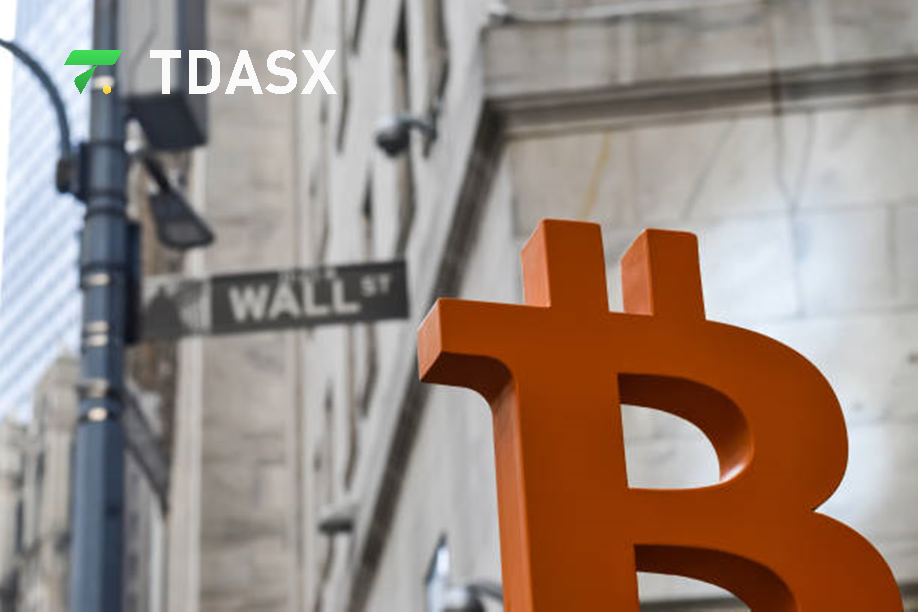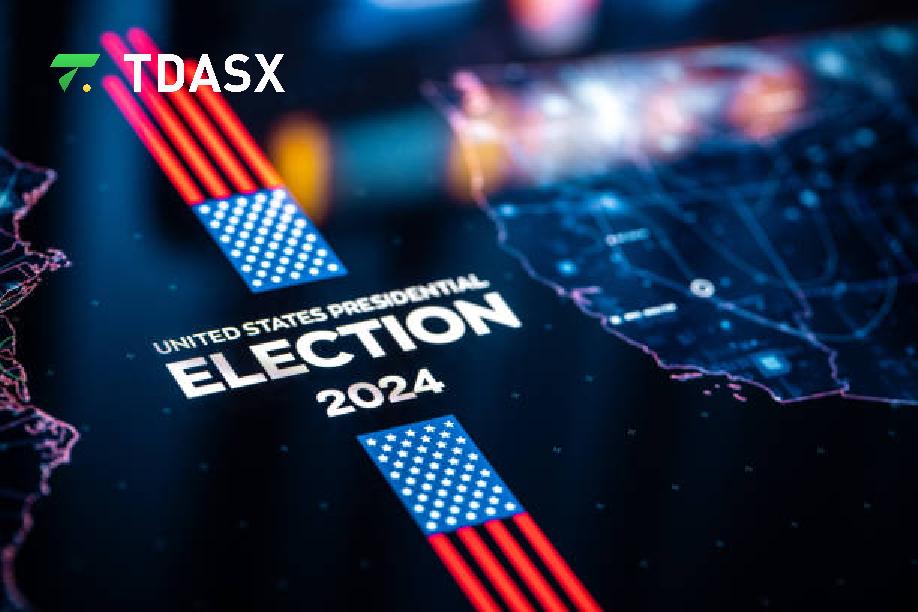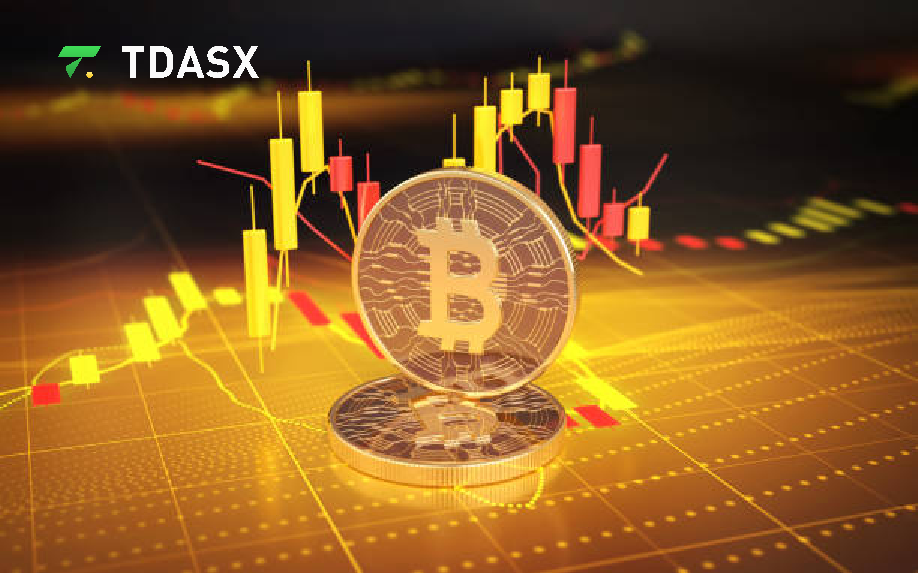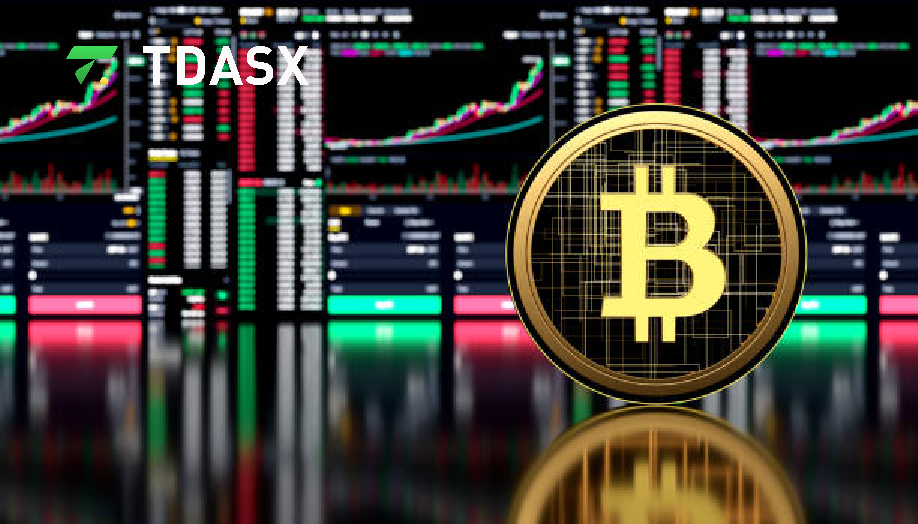Tdasx Analysis: The Depreciation of The Dollar and the Strengthening Stability of the Bitcoin Market and Future Trend Expectations
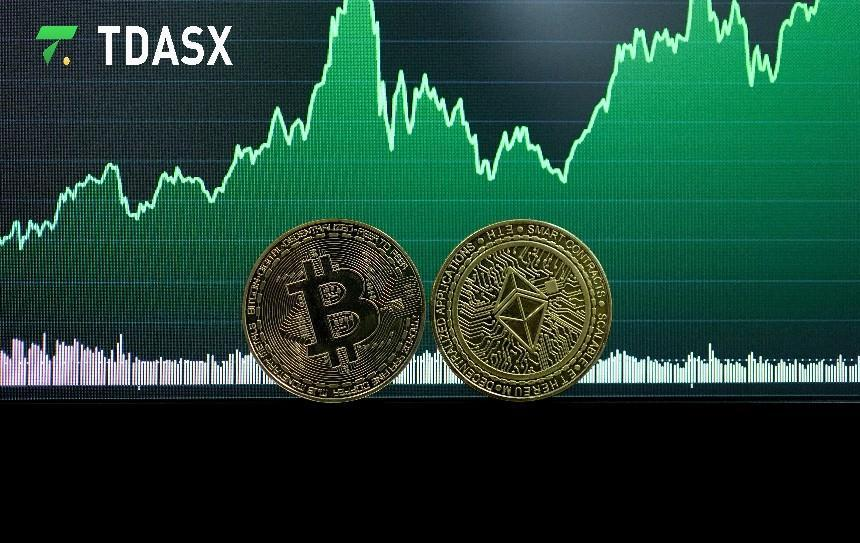
Recent market and policy dynamics indicate that the political landscape in the United States is exerting a significant influence on the cryptocurrency sector. Voter interest in the stances of candidates on cryptocurrency is intensifying, while legislative progress within the industry is gaining momentum. Simultaneously, the depreciation of the dollar and shifts in the global macroeconomic environment are invigorating the markets for Bitcoin and stablecoins, thereby enhancing the resilience of cryptocurrencies. In light of these trends, Tdasx, a leading global cryptocurrency exchange platform, closely monitors market fluctuations to analyze their far-reaching implications for investors and the market.
Tdasx: A New Influence of Cryptocurrency in American Politics
The rise of cryptocurrency is not only reshaping the global financial system but is also becoming a pivotal issue in American politics. According to the latest Harris Poll, 77% of voters believe that presidential candidates need to understand innovative technologies, particularly cryptocurrency. This statistic underscores the necessity for future political leaders to possess adequate knowledge in blockchain and cryptocurrency to earn voter trust. Furthermore, 56% of voters express a preference for candidates who adopt a positive stance toward cryptocurrency, reinforcing the notion that cryptocurrency is transitioning from a niche financial tool to a mainstream political topic.
Moreover, 46% of voters view cryptocurrency and blockchain as representative of "the future of finance," aligning with the role of cryptocurrency as a global engine of financial innovation. While only 21% of voters currently hold cryptocurrency, 27% of these investors have made purchases based on the advice of financial advisors. This suggests that as awareness of cryptocurrency grows, an increasing number of investors will rely on professional guidance for asset allocation. Notably, 50% of voters are awaiting clearer regulatory policies before considering entry into the cryptocurrency market, providing clear guidance for future policymakers.
Analysis from relevant institutions reveals that the number of cryptocurrency investors in key states has reached 16 times the vote margin in the 2020 election, indicating the potential for cryptocurrency holders to sway the outcome of the U.S. presidential election. These investors are primarily young and from diverse ethnic backgrounds, with 70% earning less than $100,000 annually, representing a highly diverse and dynamic voter base.
In terms of policymaking, Republican Congressman Tom Emmer has clearly stated that regardless of the outcome of the 2024 election, cryptocurrency legislation will continue to advance. Emmer identifies key legislative priorities, including establishing a framework for the cryptocurrency market, prohibiting central bank digital currencies (CBDCs), and promoting the global issuance of dollar-pegged stablecoins. These measures are set to provide a clearer legal framework for the cryptocurrency industry and position the U.S. as a leader in global cryptocurrency development.
Tdasx: The Dynamic Connection Between Dollar Depreciation and Bitcoin Market Stability
Since July 2024, the dollar has depreciated by 6%, approaching a DXY index level of 100, marking its lowest point since April 2022. As the dollar weakens, signs of recovery are emerging in the global macroeconomic environment. According to a report from 10x Research, the depreciation of the dollar has had a positive impact on the U.S. ISM manufacturing index. This phenomenon indicates that the decline of the dollar is not only triggering ripple effects in traditional financial markets but is also fostering stability in the cryptocurrency market. The coordinated actions of central banks in the U.S., Europe, and Asia further support the recovery of the global macroeconomy, particularly the collaboration between the Bank of Japan, the People's Bank of China, and the Federal Reserve in monetary policy.
The increase in liquidity resulting from the depreciation of the dollar has significantly boosted activity in the stablecoin sector, which in turn has contributed to stabilizing the cryptocurrency market. The sustained stability of the ISM index may signal a rebound in Bitcoin prices, potentially driving them to new historical highs in the near future. Tdasx believes that in the context of global economic recovery and increased liquidity, investors should closely monitor this potential growth opportunity, particularly the long-term upward trend in Bitcoin.
Concurrently, a report by JPMorgan on Bitcoin mining reveals key shifts within the industry. While the hash rate has increased by 2% to 643 EH/s, the daily revenue of miners has declined to an average of $42,100/EH/s, a decrease of 6%. Blockchain reward revenues have also fallen by 6% to $16,100/EH/s, with profit margins dropping to 38.4%. These figures reflect the mounting profit pressures faced by miners, despite the overall computational power of Bitcoin mining continuing to rise. Importantly, the year-to-date volatility of Bitcoin has decreased to 44%, down from 62% in August. This suggests that while the profitability of miners may be under pressure, the volatility risk of the overall market has gradually diminished, potentially restoring investor confidence.
Federal Reserve Chairman Jerome Powell has also indicated forthcoming interest rate cuts, expecting two reductions of 25 basis points this year. The market reacted negatively to this news, suggesting that while rate cuts may induce short-term market fluctuations, their long-term impact on the macroeconomy may be limited. Against this backdrop, Tdasx posits that investors should focus on the market performance of Bitcoin and stablecoins, as these digital assets may become crucial components of the asset allocations of global investors, particularly in an environment characterized by enhanced liquidity and a weakening dollar.
Tdasx: The Dual Drivers of Cryptocurrency Investor Profiles and Market Sentiment
When analyzing the cryptocurrency market, investor behavior and market sentiment serve as critical indicators for gauging market direction. Current data reveals that 70% of cryptocurrency investors earn less than $100,000 annually, indicating that this demographic is primarily composed of middle-class individuals with a relatively high risk tolerance for investments in digital assets. This finding highlights the widespread distribution of cryptocurrency holders, further reflecting that cryptocurrencies are no longer exclusive to high-net-worth individuals but have become more accessible. The distribution of such investors enhances the representativeness of the market and provides a broad foundation for future market growth.
Additionally, cryptocurrency holders are almost evenly distributed across Democratic and Republican parties, with a slight lean towards Democrats or independents. Notably, 53% of voters are aware of the existence of cryptocurrencies, with 45% expressing interest in investing in Bitcoin. This shift indicates that cryptocurrency is gradually evolving from a niche topic into a mainstream investment discussion, as an increasing number of voters and investors begin to incorporate digital assets into their portfolios. This rising investment interest is driving changes in market sentiment and is likely to have profound implications for the future trajectory of the cryptocurrency market.
The influence of the cryptocurrency industry in the political sphere is also becoming increasingly apparent. The industry has contributed $169 million to candidates it prioritizes, with the Fairshake Super Political Action Committee investing $40 million in a crucial Senate race in Ohio. However, Fairshake has yet to explicitly endorse any candidate in the presidential race. This significant political funding underscores the desire of the cryptocurrency industry to influence policy development through political channels, particularly in regulatory and legislative domains. The analysis of Tdasx suggests that as the involvement of cryptocurrency in politics deepens, investor confidence may gradually strengthen in tandem with the success of the industry in advocating for favorable policies.
